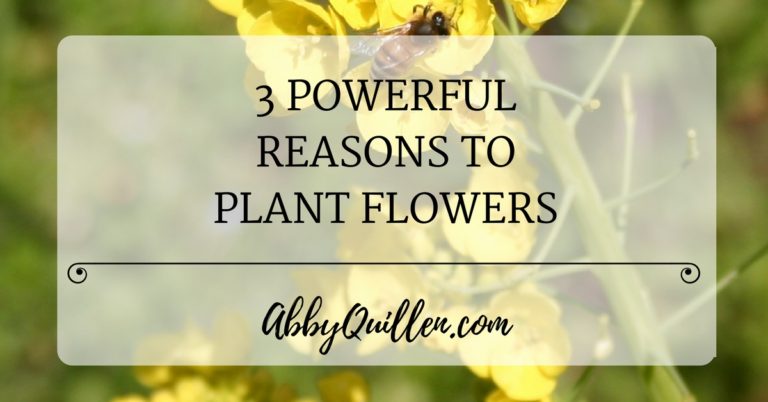3 Powerful Reasons to Plant Flowers
Whether they’re in the ground, in window boxes, in pots, or in a vase on your living room table, there’s such a thing as flower power. Often the way our environment looks gets pushed to the bottom of our to-do lists. Yes, it would be nice to add a little beauty to our homes or…
